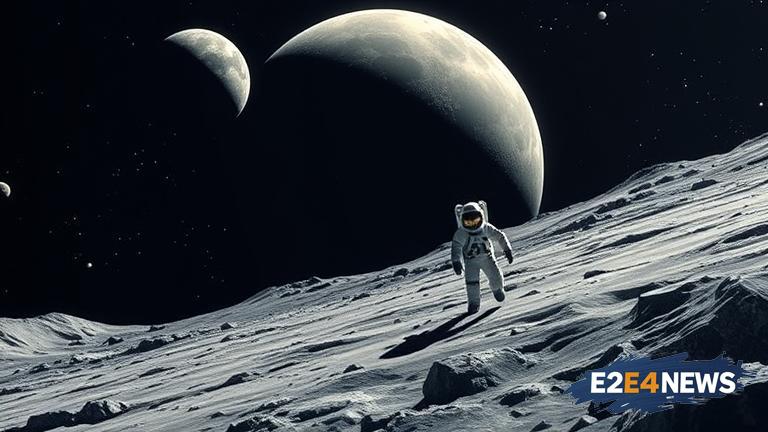The National Aeronautics and Space Administration (NASA) has announced its plans to return humans to the Moon by 2025 under the Artemis program. This ambitious endeavor aims to establish a sustainable presence on the lunar surface, with the ultimate goal of sending humans to Mars in the 2030s. The program is named after Artemis, the Greek goddess of the hunt and sister of Apollo, in a nod to the historic Apollo missions that first put humans on the Moon. NASA has already begun testing the Space Launch System (SLS) rocket and the Orion spacecraft, which will be used for the mission. The SLS rocket is the most powerful rocket ever built, with the capability to carry heavy payloads to the Moon and beyond. The Orion spacecraft is designed to carry astronauts to the Moon and provide a safe and reliable means of transportation. The Artemis program also involves the development of new spacesuits, which will be worn by astronauts on the lunar surface. These suits will provide protection from the harsh conditions on the Moon, including extreme temperatures and radiation. NASA has also announced plans to send the first woman to the Moon as part of the Artemis program, in a historic milestone for women in space exploration. The program will also include the first person of color to walk on the Moon, as part of NASA’s efforts to increase diversity and inclusion in its astronaut corps. The Artemis program is a major step forward for NASA, which has been working towards returning humans to the Moon for several years. The program has received significant funding and support from the US government, and NASA is working with private companies and international partners to make the mission a success. The Artemis program is not just about sending humans to the Moon, but also about establishing a sustainable presence on the lunar surface. This will involve the development of new technologies and infrastructure, including lunar landers, habitats, and life support systems. NASA plans to use the Moon as a stepping stone for further human exploration of the solar system, with the ultimate goal of sending humans to Mars and beyond. The Artemis program is a major achievement for NASA and a significant step forward for human space exploration. With its ambitious goals and cutting-edge technology, the Artemis program is set to make history and inspire a new generation of scientists, engineers, and astronauts.
